DNVN - By the end of 2024, savings interest rates at banks are expected to increase slightly, especially for long terms, boosting the flow of idle money into the banking system. This marks a notable shift in the current economic and financial context.
According to a report by Maybank Securities Company, by September 2024, 12-month savings interest rates had increased by an average of 0.6 percentage points compared to the lowest level recorded in March 2024. This increase mainly came from private banks, while state-owned banks maintained stable interest rates to support the economy.
Specifically, many banks have adjusted their savings interest rates, of which DongA Bank applies an interest rate of 7.5%/year for a 13-month term with a minimum deposit of VND200 billion. HDBank even offers an interest rate of up to 8.1%/year for a 13-month term but requires a minimum balance of VND500 billion.
In the group of state-owned banks such as Vietcombank, BIDV and VietinBank, deposit interest rates are still tightly controlled with the highest interest rate for 36-month term being 4.8%/year, maintained stable to support economic growth.
Meanwhile, some other commercial banks offer more attractive interest rates such as Bac A Bank applying a 1-month term interest rate of 3.95%/year, Eximbank with a 3-month term of 4.3%/year, and ABBank reaching 6.3%/year for a 24-month term.
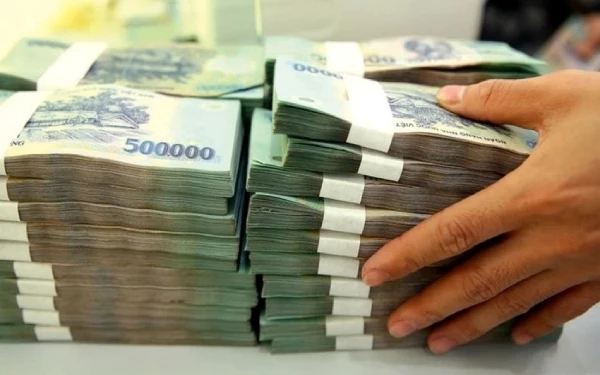
The State Bank of Vietnam (SBV) has also just announced customer deposits at credit institutions as of the end of September 2024, showing significant growth. Deposits from economic organizations reached more than VND 7.07 million billion, up 3.43% compared to the end of 2023, while residential deposits increased by 6.5% to more than VND 6.95 million billion.
In September 2024 alone, total deposits in the banking system increased by VND270,700 billion, equivalent to more than VND9,000 billion of idle money being deposited in banks every day. Previously, the Vietnam Banking Association (VNBA) also forecast that the total mobilized capital of the banking system is expected to exceed VND15 million billion by the end of October 2024, the highest level ever.
Financial analysts say that this growth comes from two main reasons. First, savings interest rates have increased after a long period of being maintained at a low level, creating an incentive for people to transfer idle money to banks. Second, other investment channels such as real estate, stocks or gold still have many potential risks, making banks a safer and more attractive choice.
In the context that the end of the year is often the peak period for credit, the State Bank of Vietnam has expanded credit room for commercial banks to meet the capital needs of businesses. As of November 22, 2024, credit in the whole system increased by 11.12% compared to the end of 2023, approaching the growth target of 15%.
The State Bank of Vietnam's policy of reducing lending interest rates from the second quarter of 2024 also plays an important role in promoting credit. However, the slight increase in savings interest rates at this time is considered a strategy of banks to ensure mobilized capital and meet increasing credit demand.
In addition, the shift of cash flow from other investment channels to banks also contributed significantly to the growth of mobilized capital. Many people and economic organizations believe that saving with stable interest rates is a safe and effective way to preserve capital in the context of economic uncertainty.
Experts predict that the trend of increasing savings interest rates may continue in the first months of 2025 when credit demand from businesses continues to remain high. At the same time, banks also have the incentive to maintain attractive interest rates to compete to attract capital from residents and economic organizations.
With impressive figures on mobilized capital and credit, the banking system is demonstrating its important role in maintaining macroeconomic stability and supporting economic growth. However, to ensure sustainable development, it is necessary to continue to closely monitor fluctuations in interest rates as well as credit management policies from the State Bank.
The combination of measures to increase savings interest rates and control credit is expected to create growth momentum for both banks and the economy in 2025.
Duy Khanh
Source: https://doanhnghiepvn.vn/kinh-te/tien-nhan-roi-do-vao-ngan-hang-dat-muc-ky-luc/20241203010334248


![[Photo] Looking back at the impressive moments of the Vietnamese rescue team in Myanmar](https://vstatic.vietnam.vn/vietnam/resource/IMAGE/2025/4/11/5623ca902a934e19b604c718265249d0)




![[Photo] "Beauties" participate in the parade rehearsal at Bien Hoa airport](https://vstatic.vietnam.vn/vietnam/resource/IMAGE/2025/4/11/155502af3384431e918de0e2e585d13a)
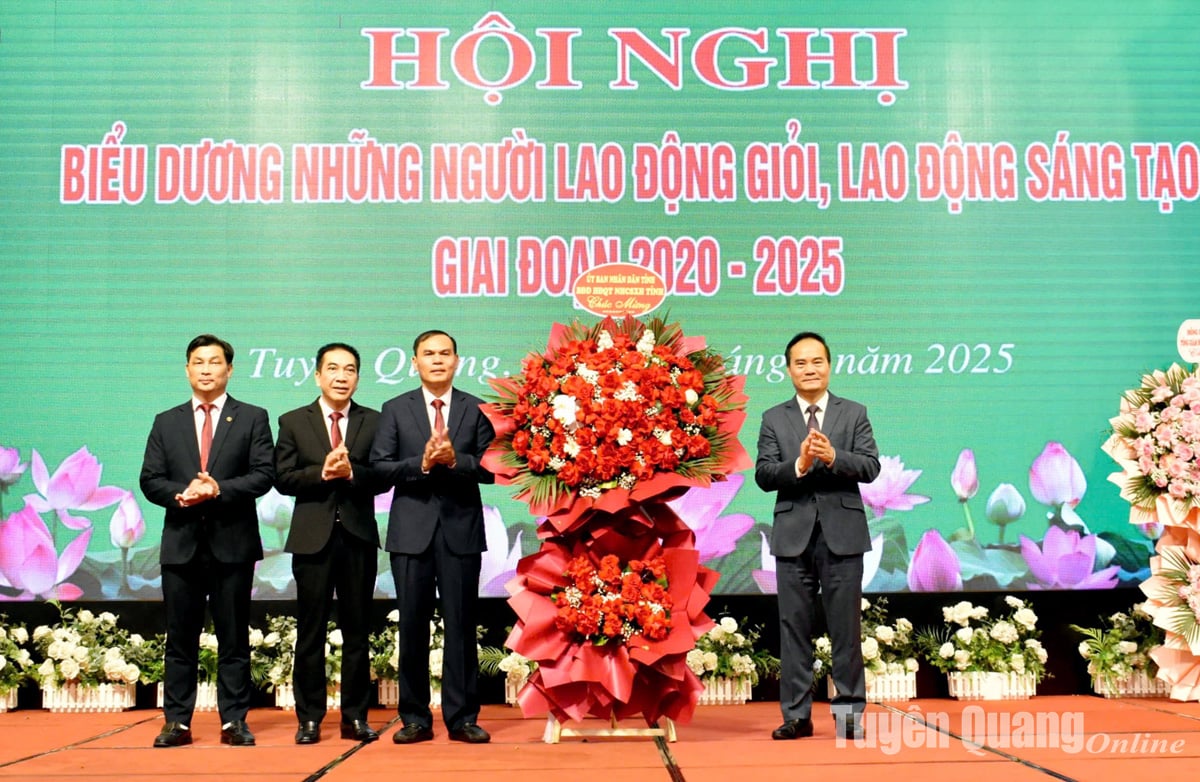








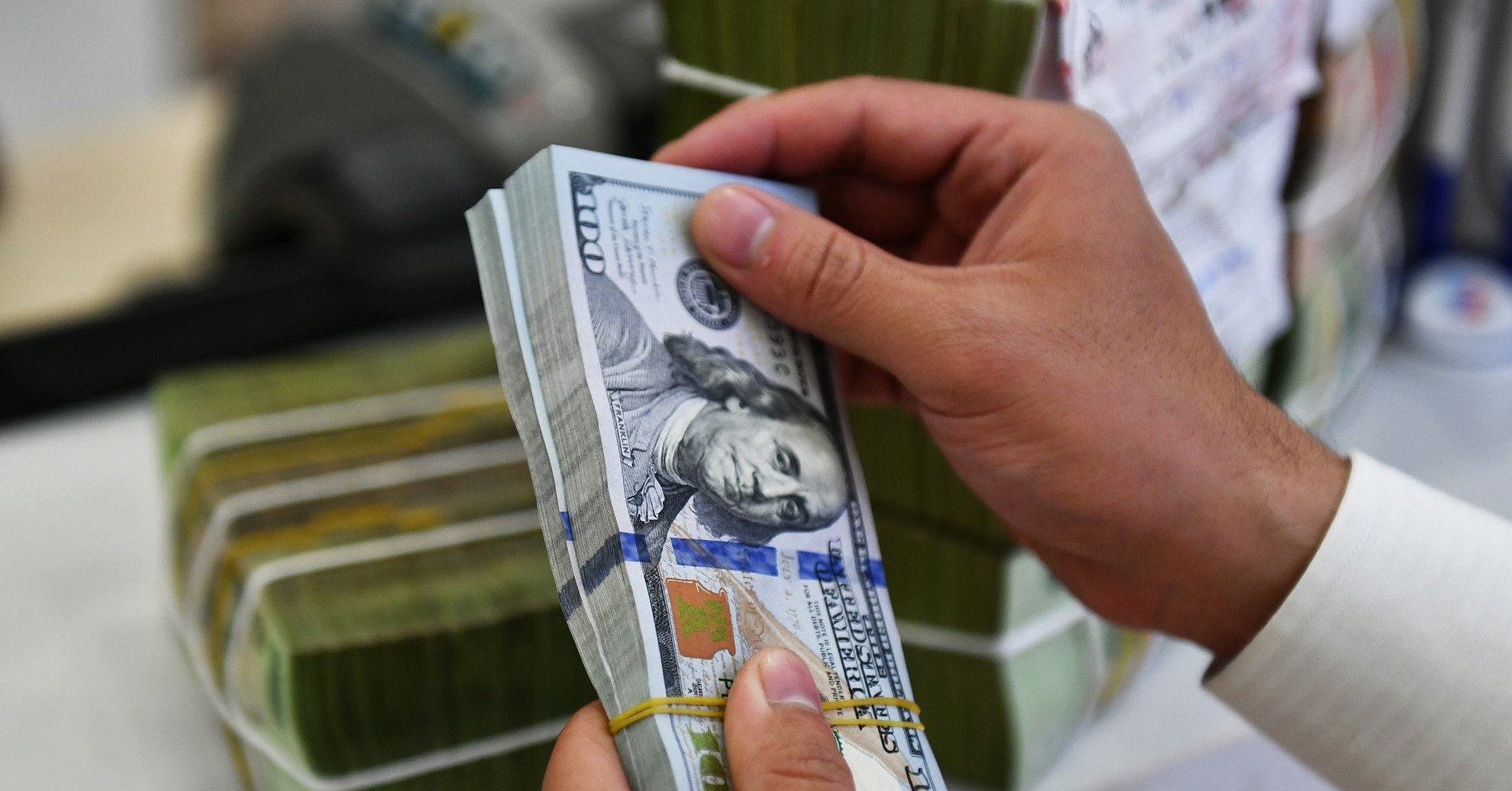

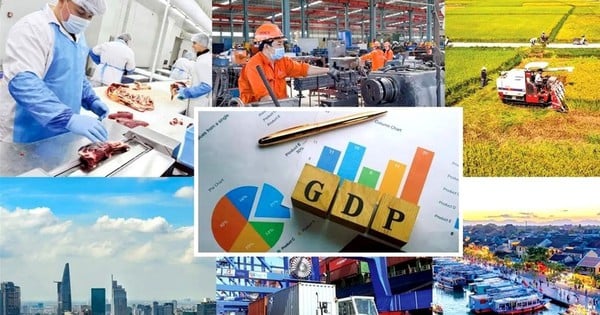

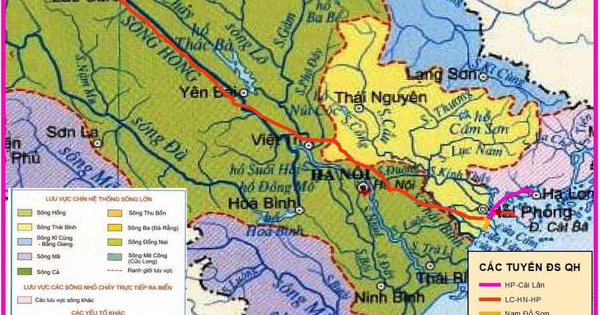








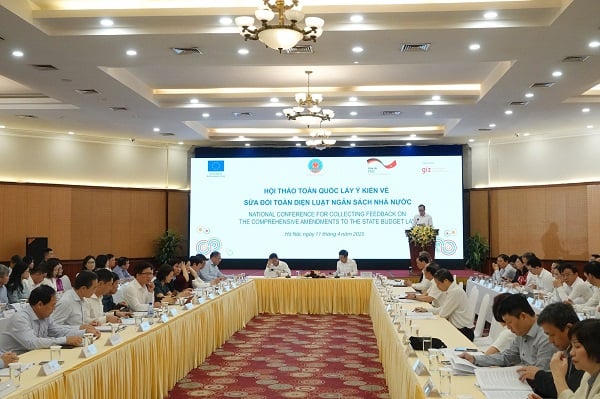


![[Photo] Summary of parade practice in preparation for the April 30th celebration](https://vstatic.vietnam.vn/vietnam/resource/IMAGE/2025/4/11/78cfee0f2cc045b387ff1a4362b5950f)













































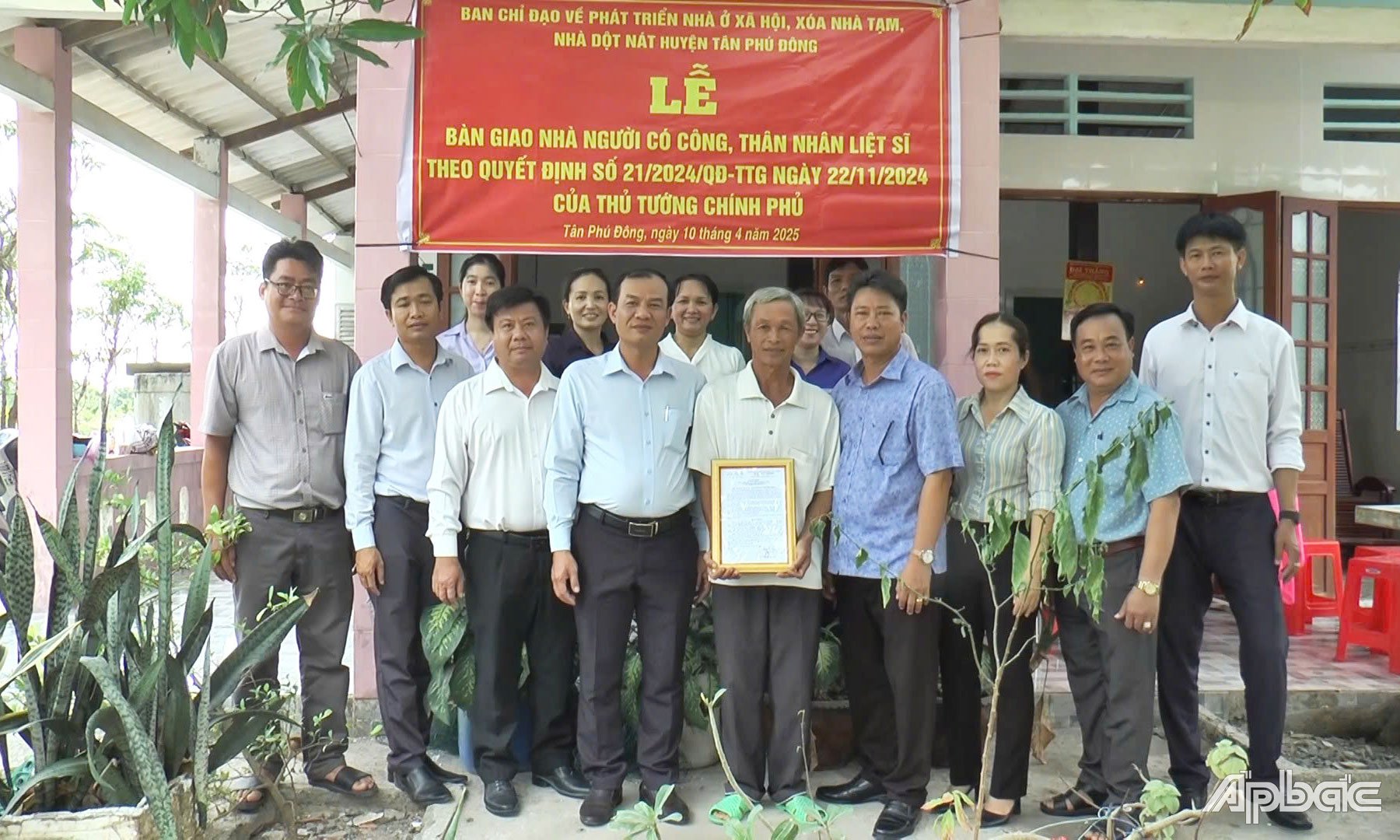











Comment (0)